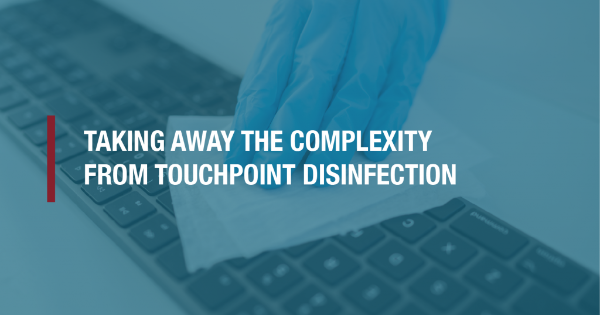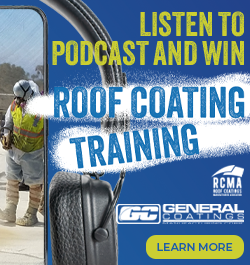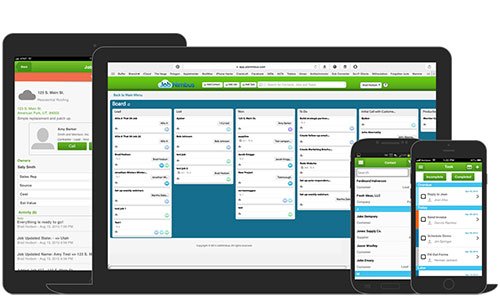5-Step Touchpoint Disinfection

By Cole Stanton, ICP Group.
30% of employees have reported witnessing a co-worker leave the bathroom without washing their hands. Here’s how you can reduce the spread of infection.
It has never been more important to disinfect your home and workplace than it is now. A single doorknob, for instance, can infect half of an office in only two to three hours. It’s also true that you cannot be in control of your employee's sanitation practices at all times. Therefore, disinfecting your place of work regularly can greatly reduce the spread of infection.
Essentially, there are five things you need to know about proper disinfection, particularly during a viral outbreak.
1. Touchpoints
This is where you want to focus your efforts. Touchpoints can vary based on your location but in general, think of doorknobs, keypads, railings, turnstiles, elevator buttons, garbage cans, drinking fountains, keyboards, restrooms including door locks, faucet handles, soap dispensers, tabletops….to list a few!
2. Utilize an EPA registered disinfectant
Utilize an EPA registered disinfectant, and during a COVID outbreak and EPA List N disinfectant or one that has been EPA approved and tested against SARS-CoV-2. If a product is EPA registered, the number will be listed on the label. List N was developed by the EPA to aid the public in selecting disinfectants that have qualified for use against SARS-CoV-2, the novel coronavirus that causes COVID-19. To ensure a product is on List N, search the registration number in List N at epa.gov.
3. Follow the directions on the product’s label
Look for instructions to include which types of surfaces the product can be used on. It may call for precleaning from obvious dirt and grime. The label will tell you the appropriate contact time for the disinfectant to be effective at killing viruses. When it comes to EPA-registered disinfectants, the label is the law. Additionally, the efficacy of the product is based on following the manufacturer’s recommendations.
4. Applying the disinfectant can be as simple or sophisticated as you like
The size and location of the job should determine how the product is applied. For anything from homes to small offices, disinfectant wipes or a trigger spray bottle and a microfiber cloth work well. As you progress into larger areas and more frequent disinfection, larger volume spray equipment may save time and add efficiency. Ventilation should be considered into the equipment decision as well. Options for spray equipment range from a simple compression sprayer up to foaming applicators and airless spray equipment.
5. Repeat
During times of high illness among the occupants of a facility or community, disinfection frequency should increase. This is even more applicable when discussing touch points, particularly during a pandemic!
Download our slides on building resistance to COVID-19 infection.
You know things aren’t normal in our ‘post-COVID’ community and daily disinfection is needed but how, where and what standards and requirements exist. Download the PDF of the slides from industry expert Cole Stanton, Director of Education and AED Specification at ICP Building Solutions Group, to reference all you need to know about how you can best protect your employees, customers and your business against this pandemic.
Learn more about ICP Group in their RoofersCoffeeShop® Directory.
Original article source: ICP Group























Comments
Leave a Reply
Have an account? Login to leave a comment!
Sign In